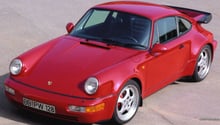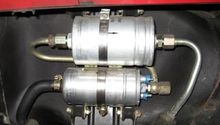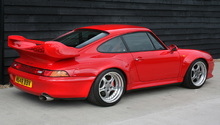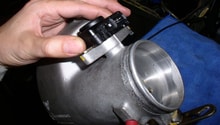Porsche 928: Why Does My Car Smell Like Gas?
The constant smell of fuel can be a concern for any car owner, but do not be alarmed. Although the Porsche 928 has a few common components that fail and release fuel vapors, they are typically easy fixes that can be done at home.
This article applies to the Porsche 928 (1978-1995).
The Porsche 928 is only getting older, and with age, components in the fuel system can begin to break down. Plastic and rubber pieces in contact with fuel can only last so long before they will no longer function properly. When any one of the components related to the fuel system fails, fuel odors can be detected around or in the car. Fortunately, many of these components are readily available and easily replaced. If you have been searching for the source of that elusive fuel odor but have been unsuccessful, follow these steps to diagnose the problem.

Materials Needed
- 8 & 10mm sockets with suitable ratchet
- Phillips & flat screwdrivers
- 14, 17, 19mm open-end wrenches
- Tire iron
- Jack & jack stands
- Water pump pliers or similar with wide jaws
There are several common areas where fuel odors may be coming from on the 928.
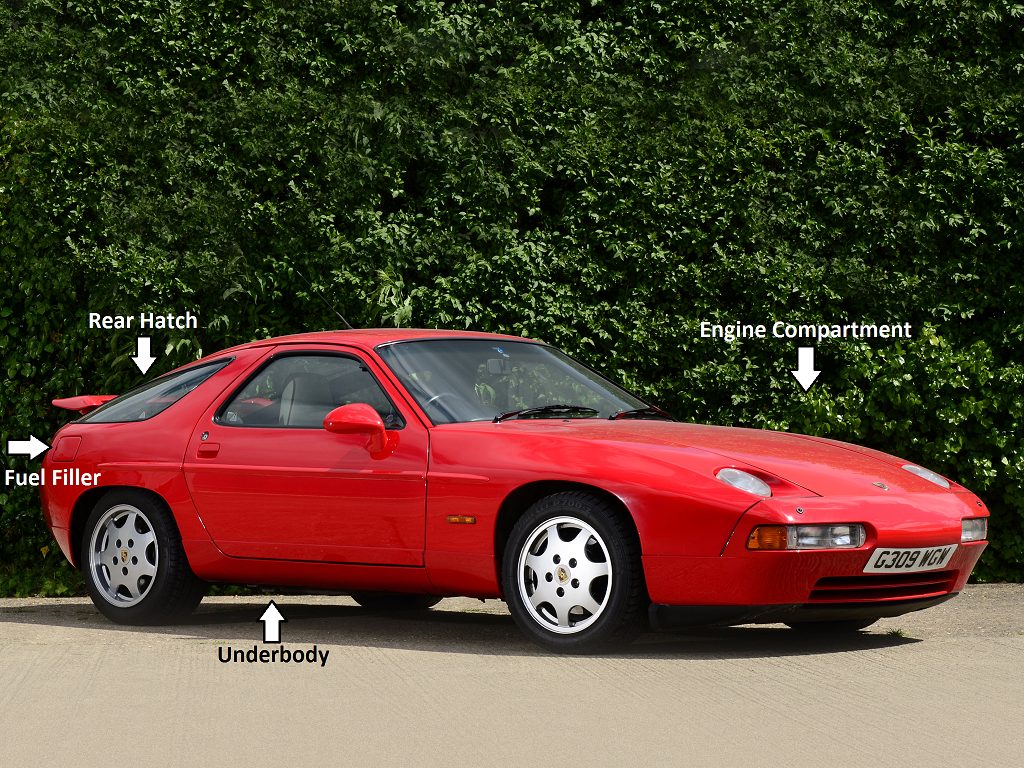
Step 1 – Check filler neck seal and gas cap
The 928 has a unique gas cap design that does not have an integrated O-ring to seal fuel vapors from exiting the fuel tank like most caps do. Instead, the fuel tank filler neck is designed to hold a special seal that seats against the fuel cap when tightened. Over time, this seal can become deformed, torn, or cracked, thus allowing fuel vapors to vent to the atmosphere. Similarly, the 928's plastic gas cap often becomes brittle with age and can easily chip or crack and will also vent fuel vapors. Check both the filler neck seal and gas cap for signs of damage or wear. Replace if necessary.
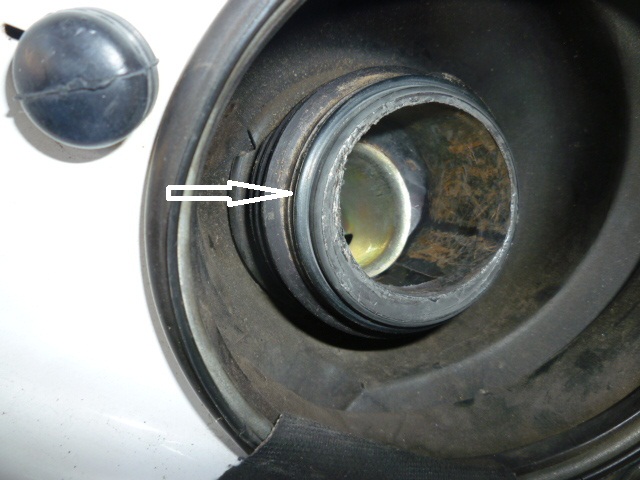
Figure 2. Filler neck seal. 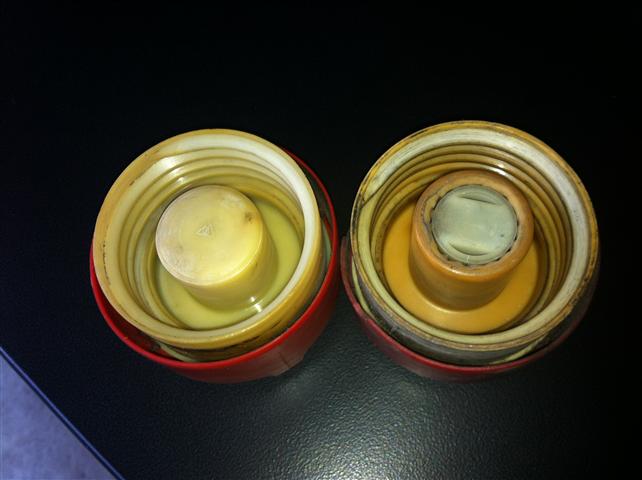
Figure 3. Inspect inner portion of gas cap.
If your filler neck seal and gas cap are in good condition, proceed to Step 2.
Step 2 – Inspect fuel tank sending unit seal and fuel return hose
If you are experiencing a fuel odor at the back of the car or in the rear hatch area, odor is likely emanating from the fuel tank sending unit. As with the fuel filler neck seal, the fuel tank sending unit has a seal that will deteriorate over time from continuous contact with fuel and eventually fail. A fuel return hose is also attached to the top of the sending unit. With the sending unit being located inside the car, fuel vapors will make their way inside the cabin if a leak is present. Follow these instruction to inspect the seal and fuel return hose.
- Remove rear cargo area carpeting.
- The sending unit is located under the white fabric cover on the passenger side body panel. Removing the cover and rubber body plug will reveal the sending unit.
- Disconnect electrical plug, remove and inspect fuel hose, and undo locking ring by turning counterclockwise.
- The sending unit can now be removed and the seal can be replaced.

Figure 4. Fuel tank sending unit. 
Figure 5. Electrical plug, fuel return hose, and locking ring removal. 
Figure 6. Fuel tank sending unit and seal. 
Figure 7. Damaged seal vs. new seal.
If the fuel smell is coming from the underbody, proceed to Step 3.
Step 3 – Check fuel filter and fuel pump fittings
Fuel smell coming from the rear of the underbody can be associated with a leaking fuel filter or fuel pump. It is not uncommon for fittings and hose clamps to loosen over time and begin leaking fuel. Additionally, if you have recently replaced your fuel filter or fuel pump, a hose may not be securely fastened or a hard line fitting may be loose. If your fuel smell is occurring while the engine is running or soon after driving, it is likely coming from fuel filter or fuel pump.
- Remove the two fasteners securing the filter and pump access cover at the rear passenger side of the car.
- Check tightness on all hose clamps and hard line fittings on the fuel filter and fuel pump.
Pro Tip
Lifting the car and supporting it with jack stands will allow easier access to the fuel pump and fuel filter.

Figure 8. Fuel filter & fuel pump access cover. 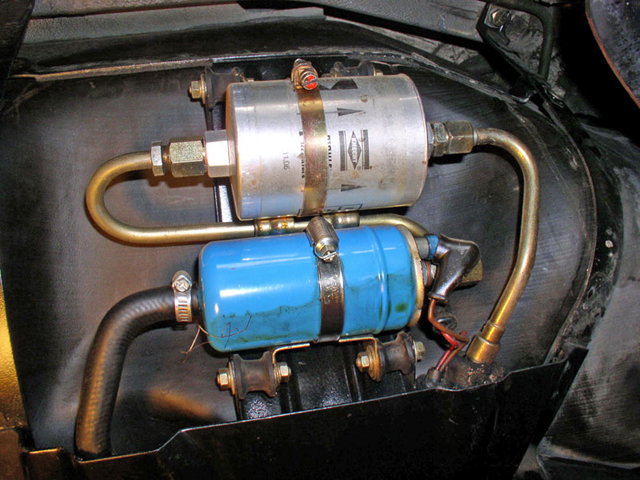
Figure 9. Fuel filter & fuel pump connections.
If the fuel odor is coming from the under-body but towards the front of the car, proceed to Step 4.
Step 4 – Inspect carbon canister vapor line "Y" fitting
The 928 uses a charcoal canister to capture fuel tank vapors and, during operation, carries the fumes to the intake where they are burned as part of the air-fuel mixture. If you are experiencing a fuel odor from the underbody towards the front of the car, particularly the right front wheel housing area, it is very well possible that part of the charcoal canister's venting connections are leaking. The 928 is notorious for having the plastic "Y" fitting in the vent hoses running to the cannister break and leak fuel vapors to the atmosphere.
- Lift vehicle, support with jack stands, and remove right front wheel.
(Related Article: Porsche 928: How to Jack Up Your Porsche - Rennlist.com)
- Remove plastic inner fender liners.
- With the charcoal canister now visible, inspect vent hoses and "Y" fitting. Replace if necessary.
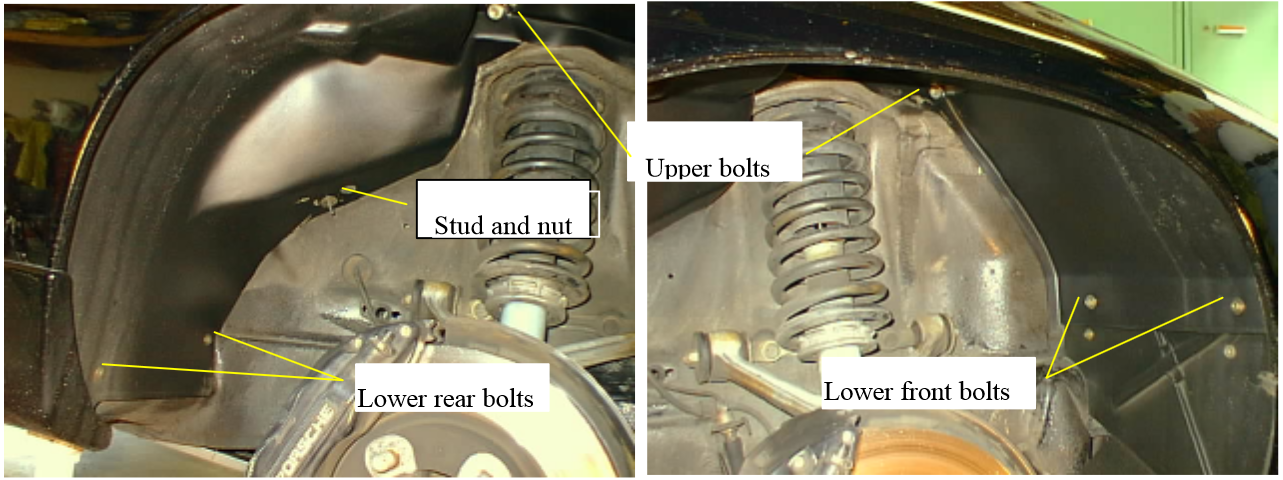

Figure 11. Charcoal canister & broken "Y" fitting. 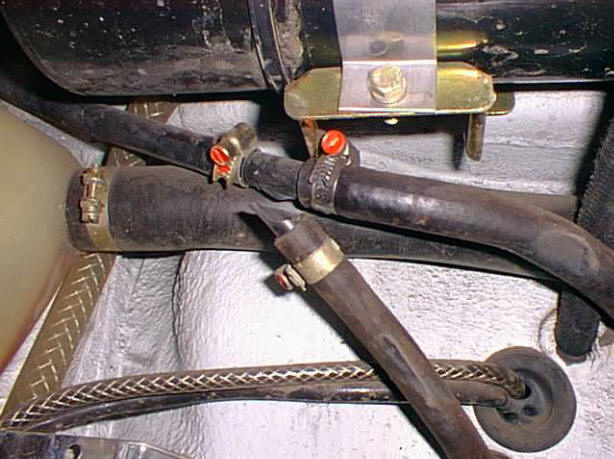
Figure 12. Closeup of broken fitting.
If the fuel smell is coming from the engine compartment, proceed to Step 5.
Step 5 – Inspect fuel injection hoses
If all other components have checked out okay, but you are still detecting fuel odors, especially from under the hood in the engine compartment, you may have a bad fuel hose. With all 928 models being 20+ years old, many of the rubber fuel hoses can deteriorate and leak fuel. Different 928 models have different fuel hose configurations, but expect to find brittle or cracked fuel injection supply and return hoses. On 928 models equipped with L-jetronic fuel injection, be sure to inspect the fuel hoses running from the fuel injector rail to each fuel injector. Typically, if one hose is bad, they are all suspect and should be replaced.
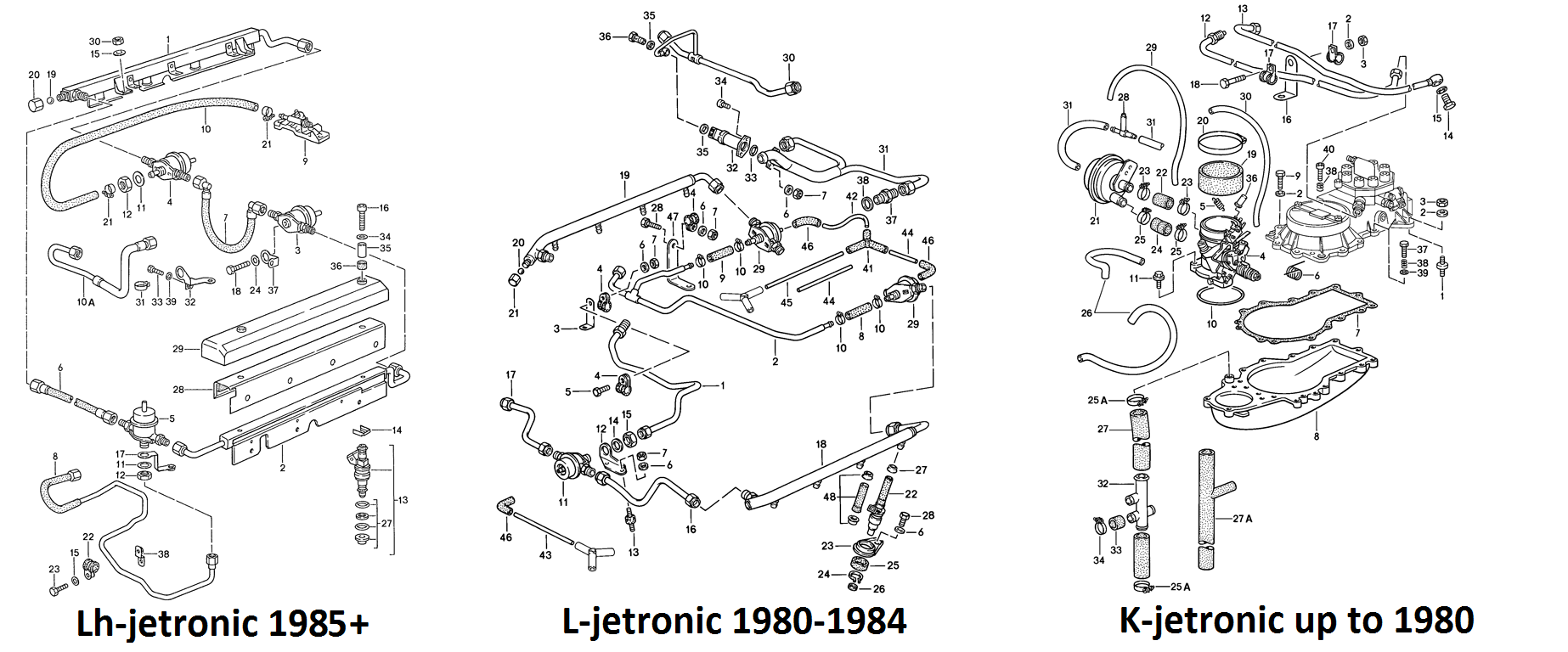
- As can be seen from the parts diagram, the Lh-jetronic uses only a few high pressure fuel hoses with relatively easy access to each.
- The L-jetronic utilizes the most rubber fuel hoses of all three systems and may require the removal of certain intake components to reach them.

Figure 14. Deteriorated fuel supply line. 
Figure 15. Typical fuel hose locations (L-jetronic). 
Figure 16. Fuel hoses at injectors (L-jetronic).
Pro Tip
If replacing a high pressure fuel hose, be sure the new hose and hose clamp/fitting is suitable for fuel injection use.
Related Discussions
- Any S4 Fuel Cap Experts - Rennlist.com
- Y-Connector Fitting Replacement - Rennlist.com
- Raw Gas Smell AFTER Driving- Rennlist.com

